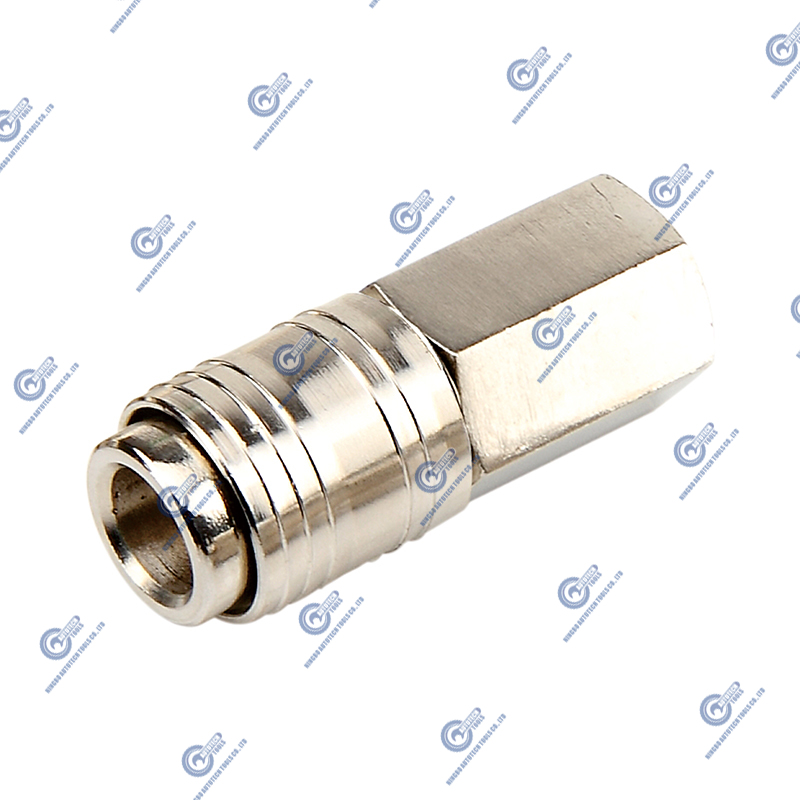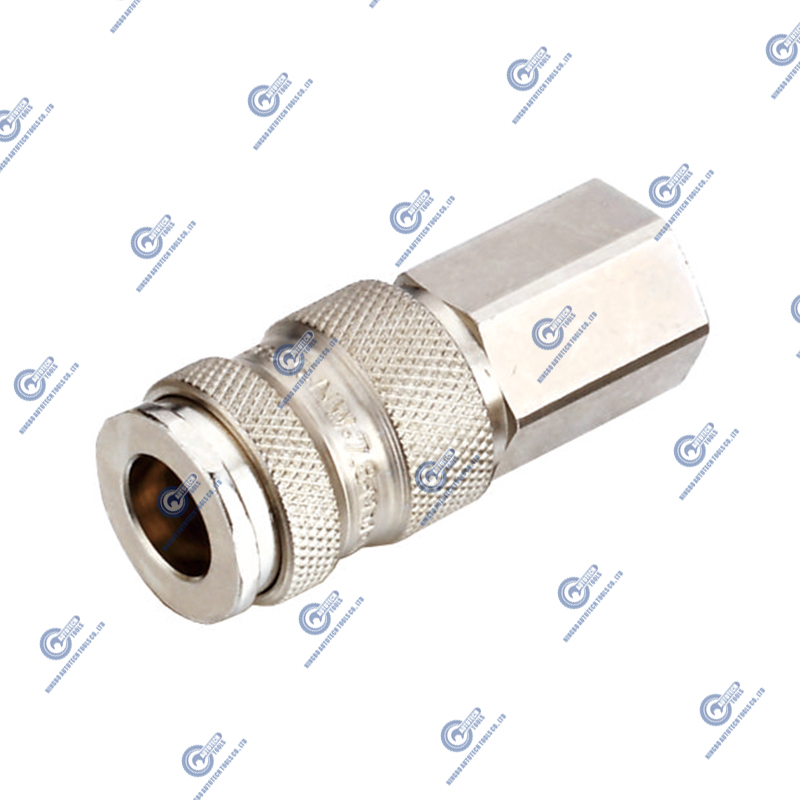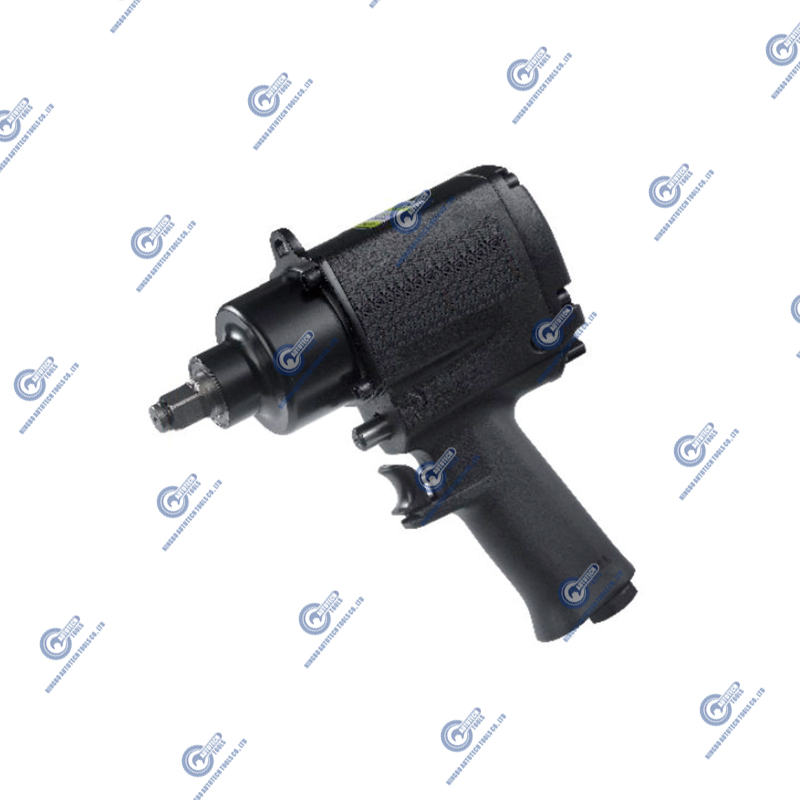Snap-in tubeless tire valves for tire durability Impact of reduced tire weight
 2024.10.23
2024.10.23
 Industry news
Industry news
Traditional tubeless designs require multiple components, including valves, inner tubes, and outer tubes, which increases the overall weight of the tire. In contrast, snap-in tubeless tire valves integrate the valves tightly into the overall structure of the tire, eliminating the inner tube. By simplifying the design, unnecessary materials are reduced, making the tire lighter overall.
The reduction in tire weight directly affects rolling resistance. When the tire is lighter, the driving force required when riding is also reduced, allowing riders to achieve higher speeds with the same force. This efficient energy transfer not only improves the riding experience, but also reduces tire wear during driving, thereby extending its service life.
Lightweight tires provide better handling and flexibility. For high-performance riding such as mountain bikes and road bikes, lightweight tires allow riders to more easily handle complex road conditions and fast turns. This agility reduces the risk of tire side wear and further improves durability.
Heavier tires generate more heat during driving, which can easily cause the tire temperature to rise and increase the aging rate. Lightweight snap-in tubeless tires, with their reduced mass and improved design, can dissipate heat more effectively. This property of reducing heat buildup helps keep the tire material stable and extend its service life.
Snap-in tubeless tire valves are often used in conjunction with high-performance tire materials that are inherently impact-resistant. The combination of lightweight construction and high-quality materials allows the tire to better absorb impact when faced with road unevenness and impact, reducing the frequency of tire replacement due to damage.















